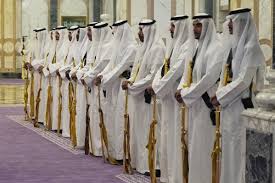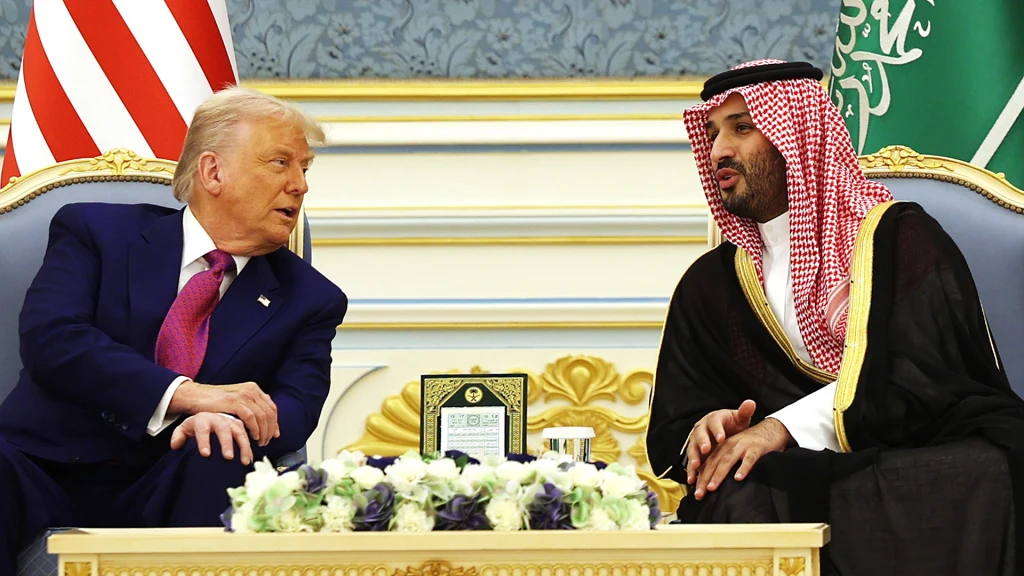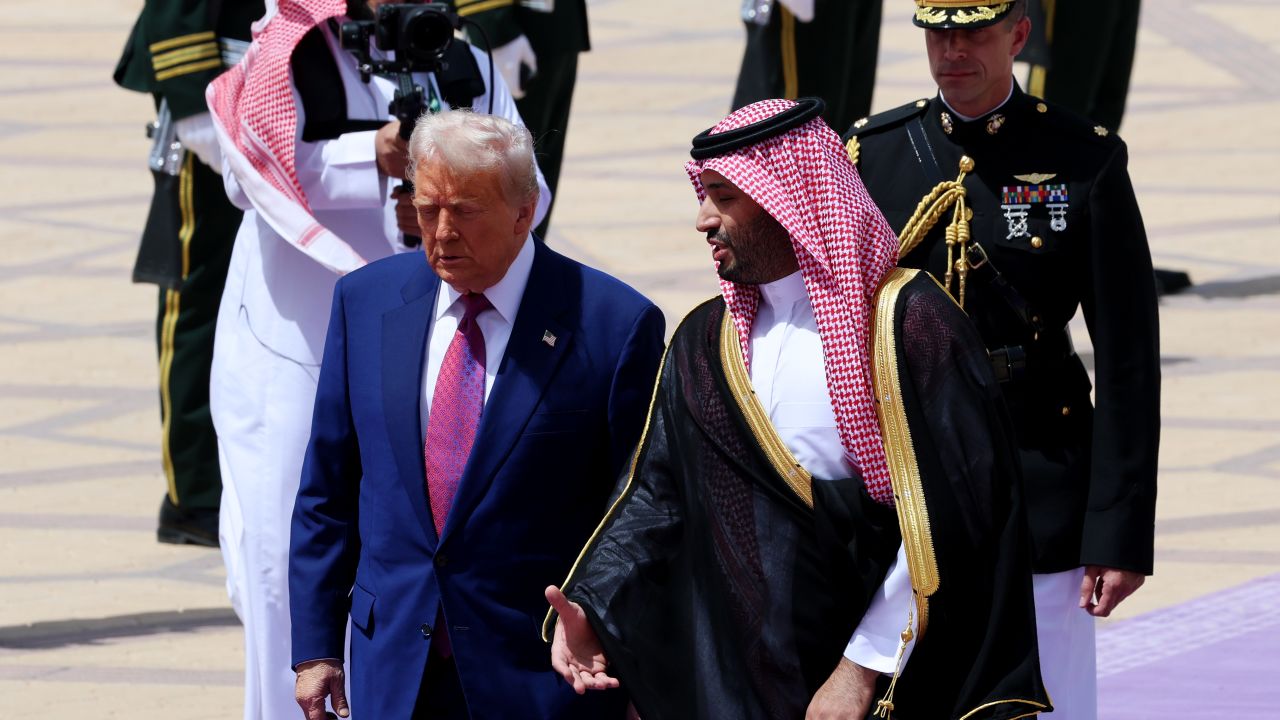President Donald Trump prepared to welcome Saudi Crown Prince Mohammed bin Salman to Washington with a carefully arranged blend of ceremony, diplomacy and hospitality. The visit, framed by an arrival ceremony, deal signings and an evening dinner, reflected both tradition and the personal touch leaders bring to the world stage. For many observers, it was not only a political event but also a moment shaped by human interactions behind the scenes.
A ceremonial arrival filled with warm gestures
The South Lawn of the White House set the stage for a welcome that balanced formality with sincerity. Flags, military honors and the careful steps of protocol all created an atmosphere of respect and anticipation. While these ceremonial elements are familiar, they also carry emotional weight, signaling the importance placed on the visiting leader.
Amid the formality, small interactions made the moment feel more personal. A shared smile, a short exchange of friendly words, or a thoughtful gesture can ease tension and help two leaders begin their discussions on a positive note. These often overlooked moments can lay the groundwork for productive dialogue long before the first official meeting begins.
Conversations that shaped the Oval Office meeting
After the arrival ceremony, the two leaders moved into the Oval Office for bilateral talks. This meeting was at the heart of the visit, providing space for clear, candid discussions on shared interests. Topics ranged from defense cooperation to economic investment and regional stability.
Though formal statements capture only a fraction of these conversations, insiders understand that much of diplomacy happens in the tone and trust built between leaders. A relaxed conversation can open pathways that formal speeches cannot. When two individuals talk with genuine intent to collaborate, the impact can reach far beyond the walls of the Oval Office.
Agreements sealed during the signing ceremony
A signing ceremony in the Cabinet Room added structure and momentum to the visit. Such ceremonies signal commitment and give shape to agreements that were negotiated long before the visit. They offer a sense of finality to the teams who spent months drafting texts, adjusting terms and aligning expectations.
To the public, the signing of agreements may appear symbolic, but to those behind the scenes it is the moment where long hours of negotiation turn into shared goals. It also marks the beginning of hard work ahead, as agreements transition into implementation. For delegations on both sides, this was a moment of pride and anticipation.

Business meetings that bridged policy and opportunity
The visit also included conversations with business leaders, where potential investments and partnerships took center stage. These meetings transform political agreements into economic projects. Executives, innovators and young entrepreneurs look to such gatherings for direction and inspiration.
Hearing leaders express confidence in bilateral economic ties often encourages private sector initiative. New investments, job creation and technology partnerships are often born from these moments where policy meets ambition. For many attendees, the presence of both leaders reinforced a sense of momentum and shared purpose.
A dinner designed to strengthen personal bonds
The evening concluded with a lavish dinner in the East Room, planned to honor the visiting delegation and create an atmosphere of connection. Formal dinners are more than culinary events. They allow leaders and guests to speak freely, share stories and build trust in a relaxed setting.
The table becomes a space where culture, hospitality and diplomacy intertwine. Guests move from toasts to informal conversations, revealing the human side of international relations. These quieter moments can carry as much significance as formal agreements, helping leaders understand one another beyond the strict boundaries of politics.
The human element that drives diplomacy
Events like this highlight how much diplomacy depends on people. Behind every handshake and every signed agreement are teams working tirelessly. Protocol officers, interpreters, advisers, event planners and security personnel all contribute to the success of such a visit.
Leaders themselves carry personal experiences, national expectations and emotional pressures into these meetings. Their ability to connect, empathize and communicate can shape the outcomes of international cooperation. In a world of complex challenges, the human dimension of diplomacy often becomes its most powerful tool.

Balancing public optics with meaningful progress
State visits naturally attract attention and raise expectations. Supporters welcome the symbolism and celebrate improved relations, while critics emphasize the need for transparency and accountability. This tension is part of healthy public debate and reflects the responsibility that comes with leadership.
For both governments, the challenge is to turn warm ceremonies and public gestures into real actions. Agreements need follow through. Promises require structure. Citizens watch closely, hoping that the spirit of cooperation translates into benefits in security, economic opportunity and stability.
A signal for future cooperation
This visit sends a clear message about the direction of bilateral relations. It reflects a desire to strengthen security cooperation, expand economic partnerships and collaborate on emerging global challenges. For younger generations in both countries, such moments offer a glimpse of how cooperation can create opportunity.
The effects of the visit will be measured not in the immediate applause but in the lasting impact of the conversations held. The next steps will be crucial. Policies and projects that emerge from this visit will shape industries, communities and futures.
The lasting impression of a humanised diplomatic encounter
In the end, a visit filled with ceremony, discussions and shared meals is a reminder that diplomacy is ultimately a human story. Every detail, from the arrival ceremony to the final toast, reflects a deliberate effort to build understanding and trust.
These moments matter. They hold the potential to shift perspectives, strengthen alliances and open doors. When diplomacy is guided by respect, empathy and vision, it becomes more than a political exercise. It becomes a bridge between nations and a catalyst for progress that touches everyday lives.
Do follow Gulf Magazine on Instagram.
Also Read – Al Uqair Launches Ramliyah: Saudi Arabia’s Inspiring Family Beach Sports Festival



